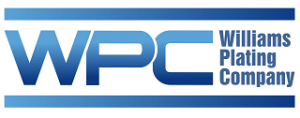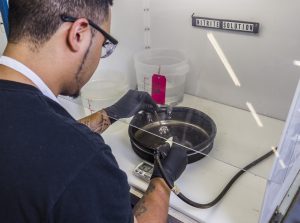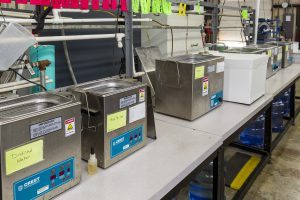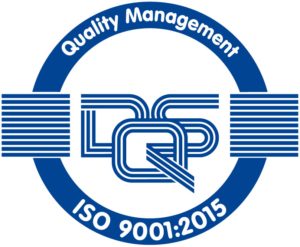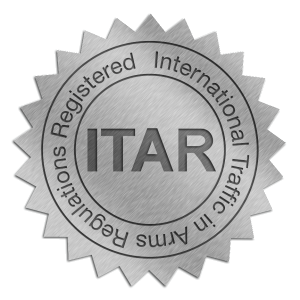WPC offers methods of material cleaning to meet your needs in piece part assembly or final product preparation. Bare metal and material cleaning is an important step in the treatment before plating and our cleaning methodologies reliably prepare material for the plating process. We offer cleaning methods to assist with removal of machining fluids, light oils, debris, rust, tarnish and other corrosion. WPC cleaning methods can burnish, deburr, polish and help resist corrosion, while also improve bonding or solderability, surface roughness/smoothness, and appearance.
All processes leave finished parts with a clean surface, free of water marks and stains. WPC cleaning processes, packaging, and handling provides for easy utilization of highly critical pieces in hermetic sealing, high voltage, electrical vacuum, and pressurized applications.
